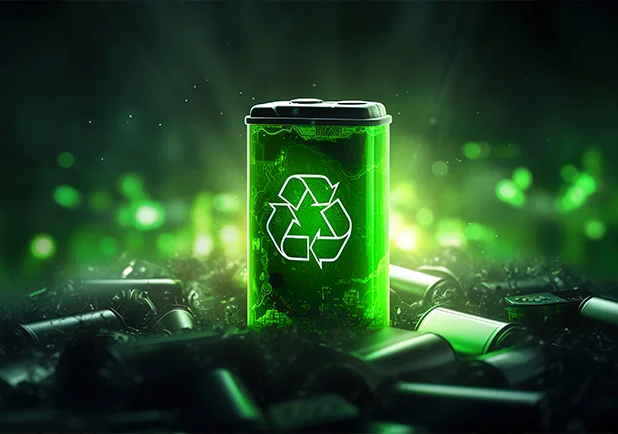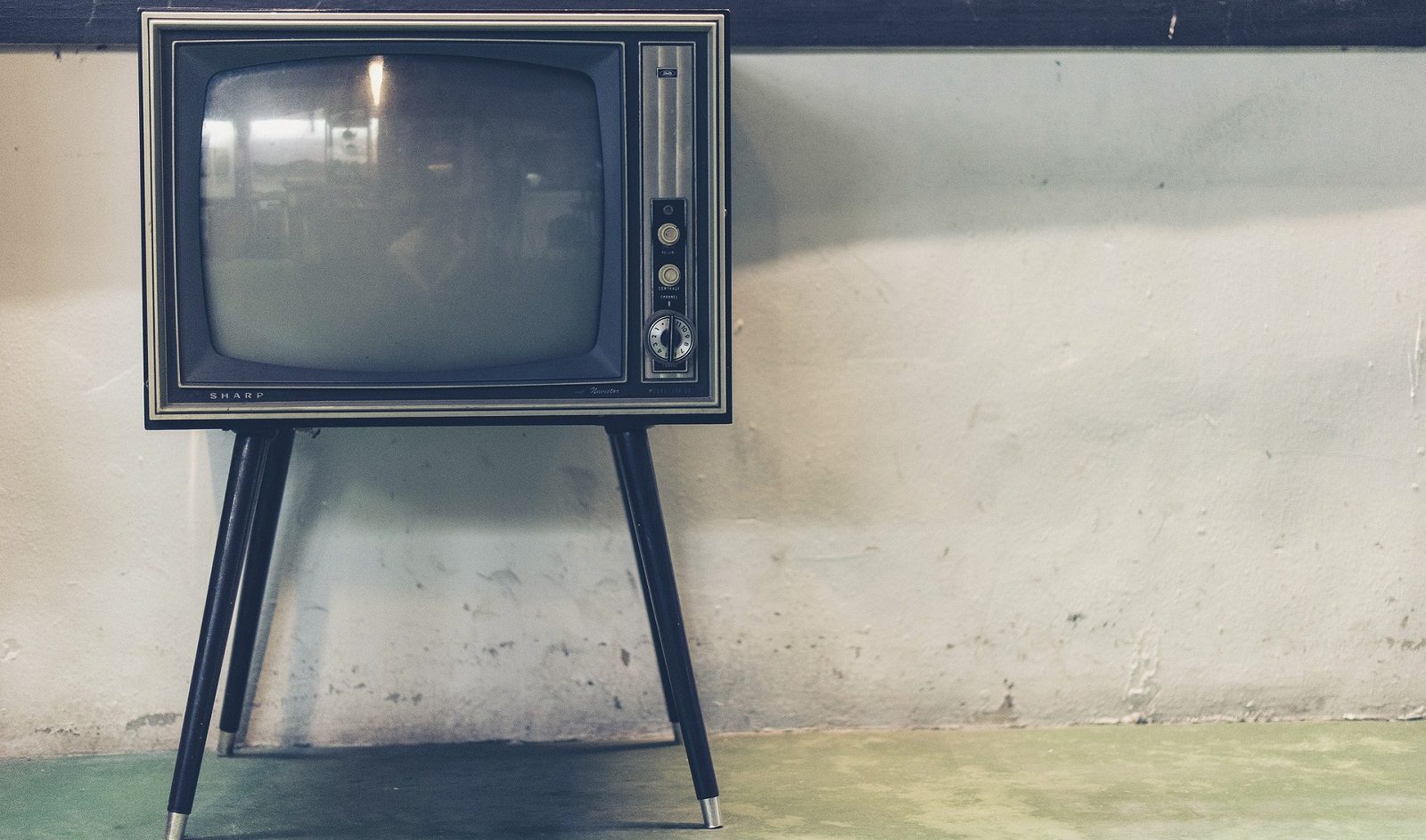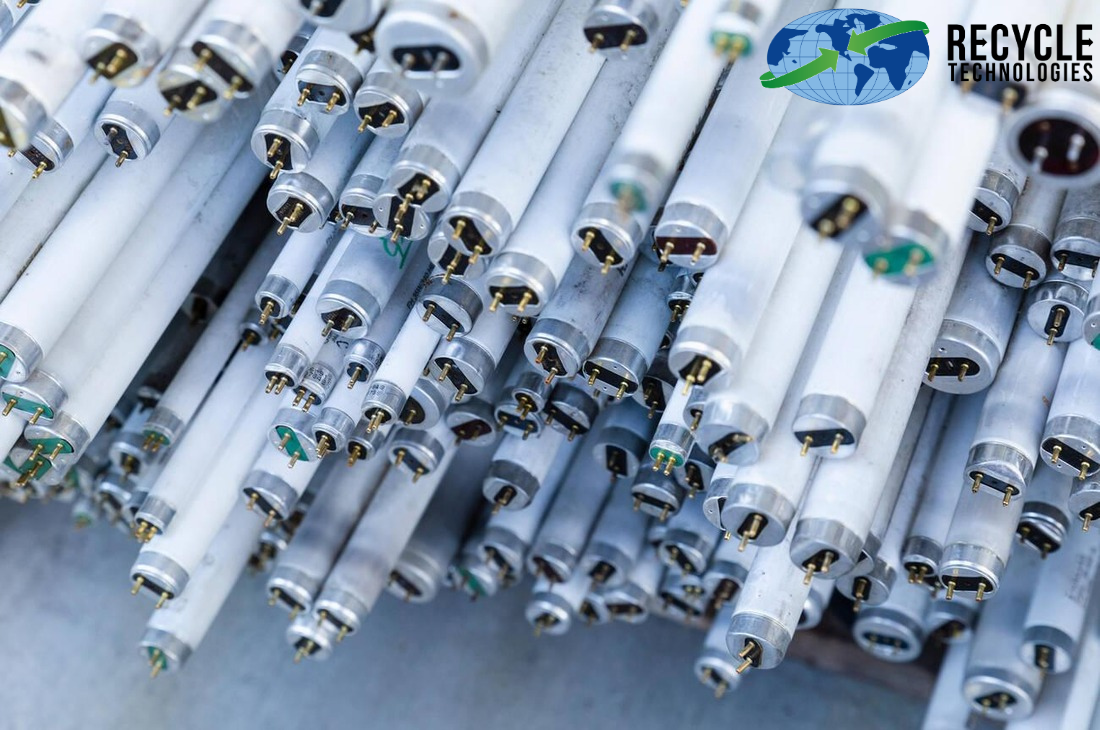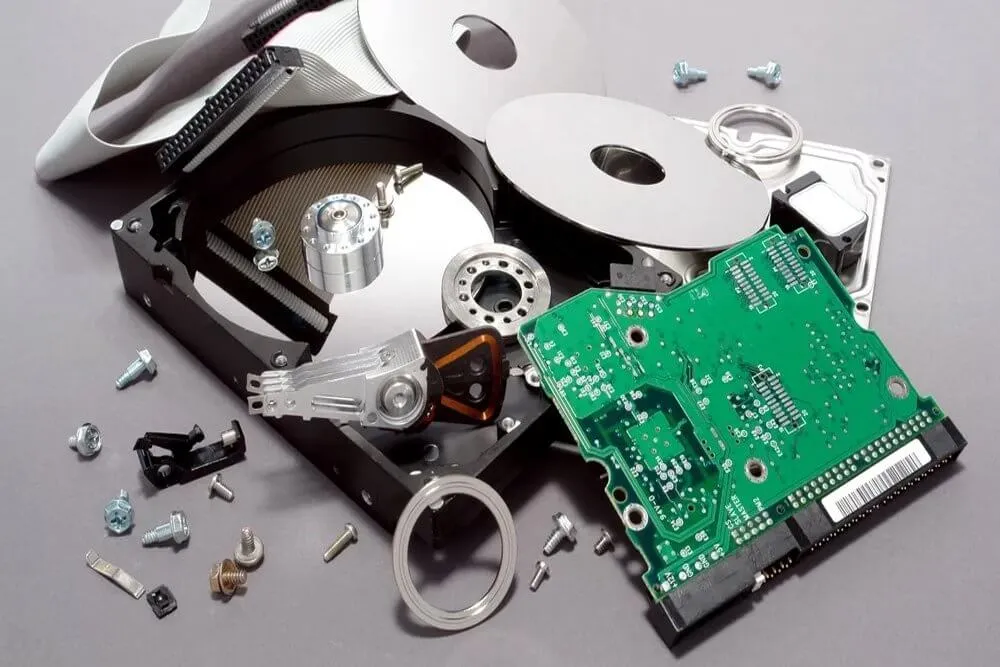Recycling has become the replacement for traditional waste disposal systems in the last three decades, with remarkable success. Unfortunately, we still have a long way to go to achieve a perfect zero-waste society. However, we see new and exciting developments in the recycling industry each day. Here is a quick September roundup edition highlighting what happened this month, what is suitable for the recycling industry, and which areas need more work.
Apple’s USB-C Port: Good for Consumers, Bad for the Environment?
With the newest iPhone 15 lineup, we saw a significant charger cable shift. Apple finally gave in to the changing winds, from its signature lightning charging cable to the USB-C one. Apple had to cave in at some point: the new EU rules about recycling are forcing manufacturers to handle e-waste more responsibly. It is important to note that Apple jumped the gun a full year before the deadline in 2024.
Editor’s Opinion: Apparently, calling it "an unprecedented volume of electronic waste" is not doable for the environment. Most now-useless lightning cables can end up in a junkyard or landfill. Apple says it is looking for ways to improve the ecological impact of the charger change. Till then, it falls on the shoulders of various recycling companies to handle the bulk of the new wave of e-waste.
Also Read: Gone Are Apple Lightning Charging Cables: What It Means For Recycling?
EPA (Environmental Protection Agency) Announced Historic Government Funding of $100 Million for E-waste Initiatives
EPA plans to fund investments that help finance clean energy projects, such as installing electric vehicle charging stations and providing communities with battery backup power. Michigan, Colorado, and Rhode Island communities are 25 others to receive the grant as part of the Biden-Harris Investing in America plan. The move is the most significant recycling industry funding in over 30 years.
Editor's Opinion: The EPA funding aims to implement the National Recycling Strategy to achieve a circular economy. Less opportune communities will benefit from the recycling initiatives because of the mega funding process, making achieving ecological goals in the region easy. While mostly government-owned agencies are targeted in the first phase, we hope that EPA extends the same courtesy to the private sector companies in time.
Illegal E-waste Handling and Disposal Can Now Cost You Up to $1,500
The New York Attorney General has devised a long-awaited way to handle illegal e-waste handling and disposal within New York—these new policies of fining corporations not dealing with e-waste ethically come in a news release. Based on the allegations against certain companies for dumping cathode ray tube TVs in a landfill, the AG fined the companies up to $1,500 for violating recycling regulations.
Editor’s Opinion: Regulations about recycling need to be updated, with less impunity for recycling companies. Such steps, although reactive, can influence better recycling habits. We would love to see a national recycling strategy to form a basis for ethical e-waste disposal. At least for now, we can rest easy: if you are not careful with your battery and TV disposal, the police officers will get you.
Carbon-cutting Efforts in Aluminum Recycling from E-waste Scrap
Cornell University aims at utilizing the carbon emitted because of aluminum recycling during electronics scrap handling. Making new aluminum initially takes a carbon footprint of more than four tons of carbon dioxide, even in hydropower regions. In coal-powered areas, it takes more than 20 tons of carbon dioxide to create one ton of aluminum, according to studies.
The project signifies the importance of sieving magnesium and calcium carbonate from e-waste scrap during aluminum recycling and, later, extracting carbon from it. The project will use the same carbon emission methods to separate nickel and cadmium metals next.
Editor’s Opinion: Recycling heavy metals is crucial to a circular economy because the current methods do not provide 100% recyclable by-products. Hydrometallurgical techniques heavily assist in such projects; however, they can be expensive and non-practical for every other recycling facility to host them. We need better ways to handle e-waste and ensure a cohesive way to go about it.
Can Minnesota Improve its Economy by Recycling More e-waste?
According to recent research, Minnesota wastes millions of dollars in potential economic activity and produces unneeded pollution by not recycling the bulk of its electronic waste.
Roopali Phadke, a professor at Macalester College, estimates that 266 million pounds (about 120655472 kg) of electronic garbage might be recycled annually in Minnesota but that only 24 per cent of that waste is being recycled.
Editor’s Opinion: Minnesota has much to do regarding better recycling spent batteries, and electronic waste than what is happening now. A government grant can help the cause in multiple ways and pave the way for modern technology to help us make it happen.
Minnesota established an electronics recycling program in 2007. While it has successfully diverted millions of e-waste responsibly, there is a strong need for an upgrade to modern technology. The law targets large cathode-ray-tube televisions and dated office electronics like fax machines. However, the waste stream has changed over the past few years, with lighter electronics becoming more pervasive.
Several scientists in Singapore have developed EV batteries from recycled silicon in solar panels. Most solar panels are discarded after 25 to 30 years but retain a good amount of high-purity silicon even after discontinuation.
The currently practiced methods of extracting silicon from solar panels are costly, making this a milestone in recycling solar panels. The group used energy-intensive extraction techniques to remove silicon, using no chemicals. When the recovered silicon was upcycled into a lithium-ion battery anode and tested for efficiency, the scientists found it performed similarly to new, commercially bought silicon. While we can get 99.2% renewed silicon from conventional methods, the experiment showed a whopping 98.9% success rate.
Editor’s Opinion: A group of Belgian companies is working along similar lines to reuse silicon used in various electronics without causing more pollution. All such steps are welcome to achieve a zero-carbon silicon extraction. We also need to explore more robust and intelligent recycling methods to reduce the environmental impact of mining and manufacturing from scratch.












